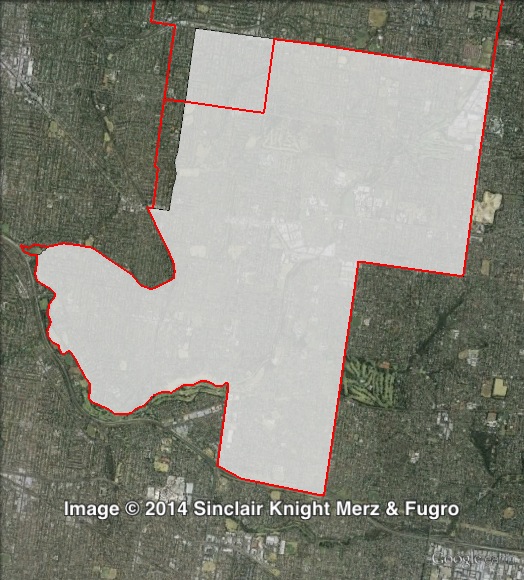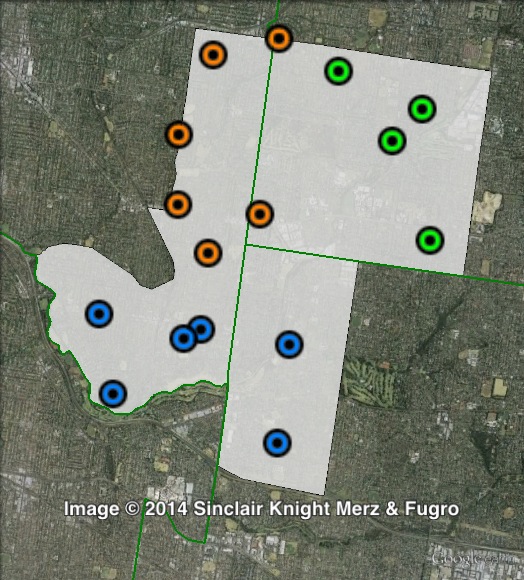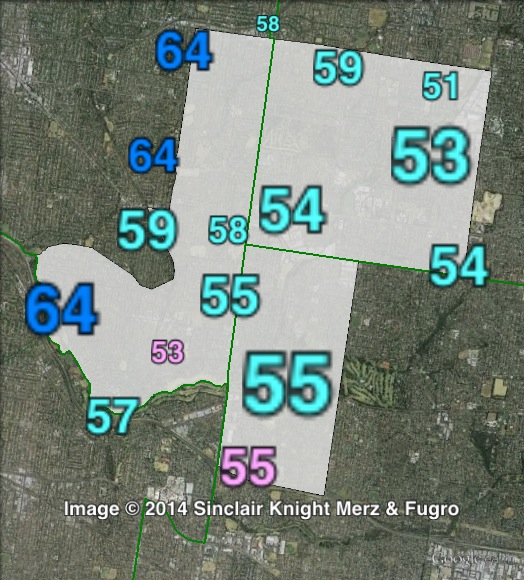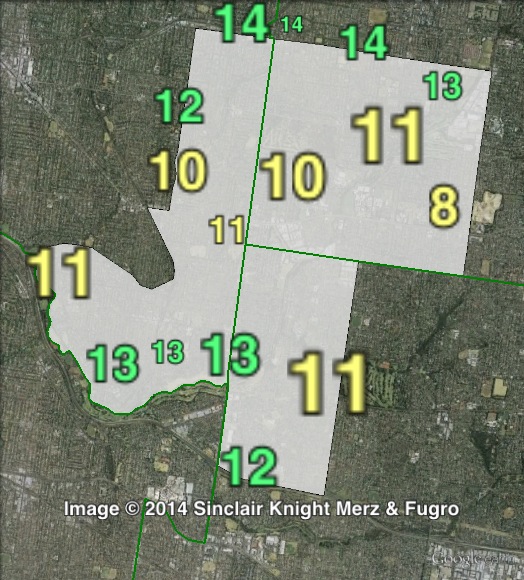LIB 6.3%
Incumbent MP
Graham Watt, since 2010.
Geography
Eastern Melbourne. Burwood covers the suburbs of Ashburton, Ashwood, Burwood and Box Hill South and parts of the suburbs of Camberwell, Chadstone, Glen Iris and Surrey Hills. Burwood covers parts of the cities of Boroondara, Monash and Whitehorse.

Redistribution
Changes to Burwood were relatively minor. The electorate’s north-western boundaries were changed, losing parts of Camberwell to Hawthorn, and gaining parts of Surrey Hills from Box Hill. These changes increased the Liberal margin from 5.9% to 6.3%.
History
The first electoral district of Burwood was created in 1955. It was held by Liberal MP Jim MacDonald until it was abolished in 1967, when he moved to the recreated seat of Glen Iris, which he held until his retirement in 1976.
The seat of Burwood was restored in 1976, and was won by Jeff Kennett, also of the Liberal Party. Kennett was appointed a minister in 1981, and was elected leader of the Liberal Party after they lost the 1982 state election.
Kennett led the party into the 1985 and 1988 elections, but after losing two elections he was replaced in 1989 by Alan Brown. He returned to the leadership unopposed in 1991 after poor performance by Brown.
Kennett won the 1992 election, and served as Premier for two terms. He won re-election in 1996, but in a shock result in 1999, Kennett lost his majority in the Legislative Assembly, and lost government when independent MPs supported the ALP.
Jeff Kennett resigned as Member for Burwood shortly afterwards, and in the following by-election, ALP candidate Bob Stensholt won the seat with a 10.4% swing. Stensholt increased his margin at the 2002 election, and was re-elected again in 2006.
In 2010, Labor MP Bob Stensholt lost to Liberal candidate Graham Watt, who won with a 9.6% swing.
Candidates
- Gavin Ryan (Labor)
- Beck Stuart (Greens)
- Graham Watt (Liberal)
- Peter Campbell (Independent)
Assessment
Burwood was traditionally considered to be a safe Liberal seat prior to the 1999 by-election, and the large swing in 2010 may have restored the previous order in the electorate. In addition, the Liberal Party should benefit from a “sophmore surge” due to the new personal vote for Graham Watt.
Despite this trend, Burwood’s 6.3% margin could be vulnerable if the swing to Labor is large.
2010 election result
| Candidate | Party | Votes | % | Swing | Redist |
| Graham Watt | Liberal | 17,500 | 49.70 | +8.46 | 50.36 |
| Bob Stensholt | Labor | 11,732 | 33.22 | -8.77 | 32.80 |
| Emily Cowan | Greens | 4,146 | 11.78 | -0.81 | 11.91 |
| Eamon Cole-Flynn | Sex Party | 751 | 2.13 | +2.13 | 1.97 |
| Lucia De Summa | Democratic Labor | 545 | 1.55 | +1.55 | 1.44 |
| Iming Chan | Family First | 536 | 1.52 | -2.55 | 1.52 |
2010 two-party-preferred result
| Candidate | Party | Votes | % | Swing | Redist |
| Graham Watt | Liberal | 19,710 | 55.86 | +9.59 | 56.30 |
| Bob Stensholt | Labor | 15,574 | 44.14 | -9.59 | 43.70 |

Booth breakdown
Booths in Burwood have been divided into three areas: North-East, North-West and South.
The Liberal Party won a majority of the two-party-preferred votes in all three areas, winning 54.5% in the north-east, 54.9% in the south, and 59.5% in the north-west.
The Greens came third, winning a similar vote across the electorate, polling 11-12% in all three areas.
| Voter group | GRN % | LIB 2PP % | Total | % of votes |
| South | 11.77 | 54.89 | 10,574 | 28.73 |
| North-West | 11.45 | 59.49 | 8,474 | 23.03 |
| North-East | 11.31 | 54.51 | 6,709 | 18.23 |
| Other votes | 12.76 | 56.80 | 11,045 | 30.01 |




Here’s Peter Campbell’s website
http://burwood-melbourne.blogspot.com.au/